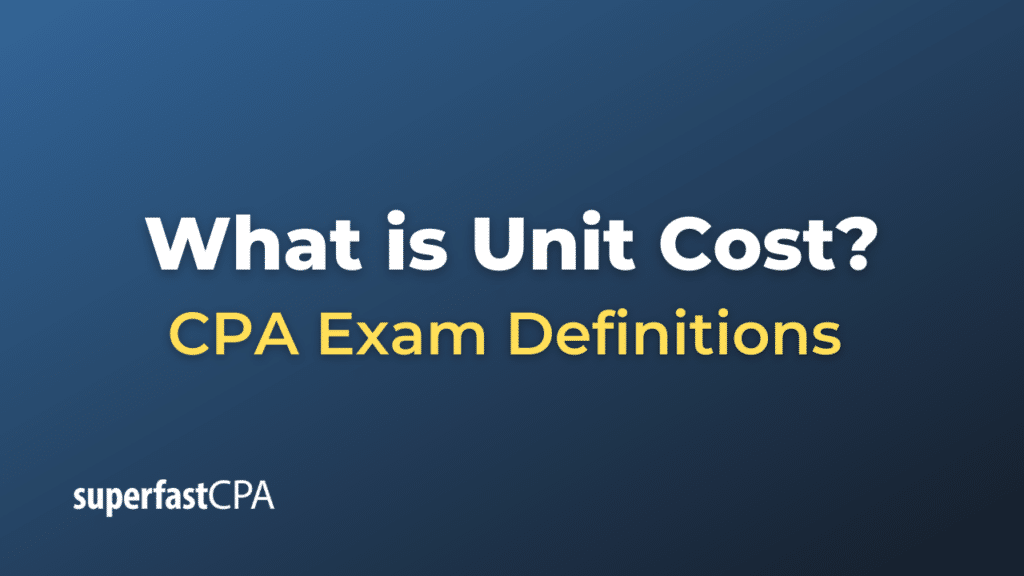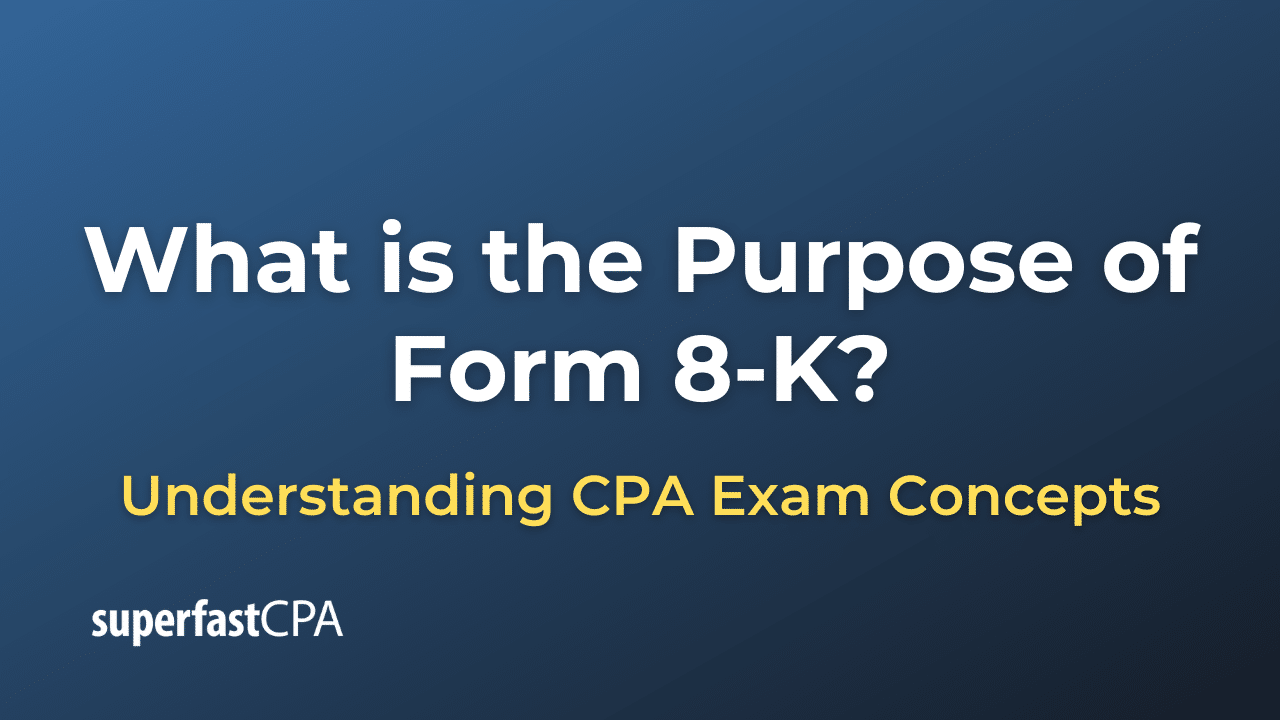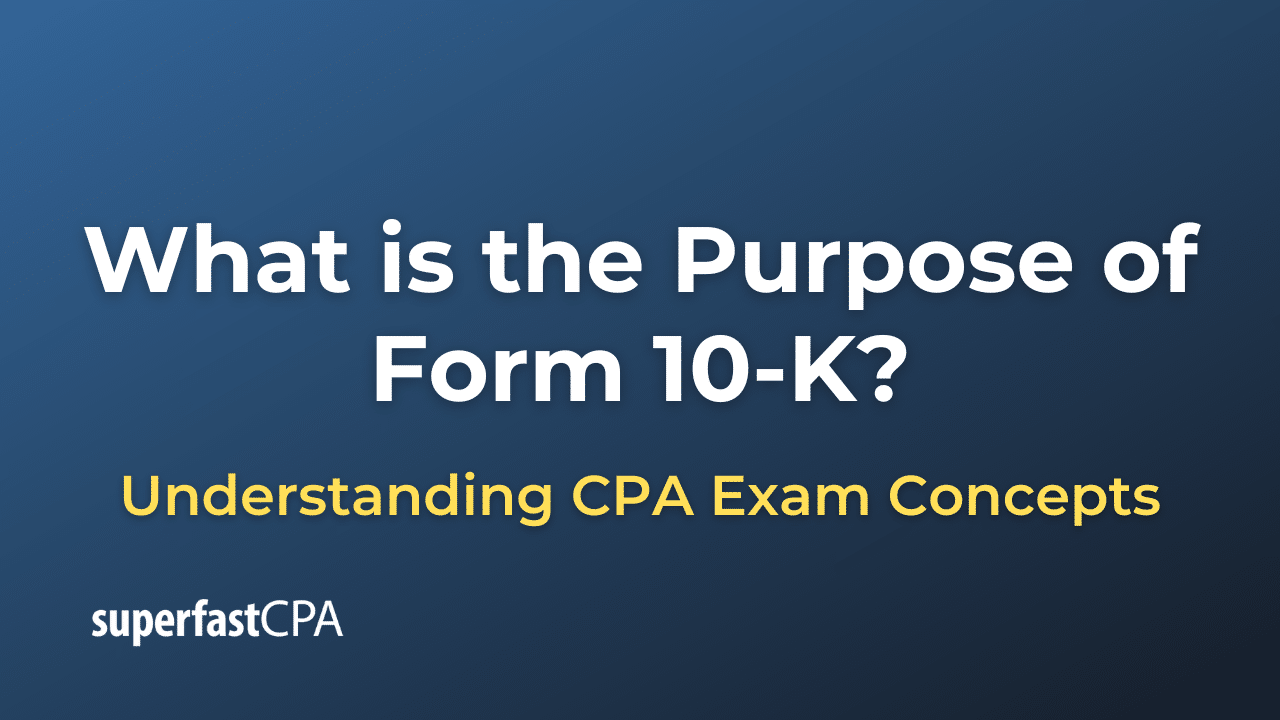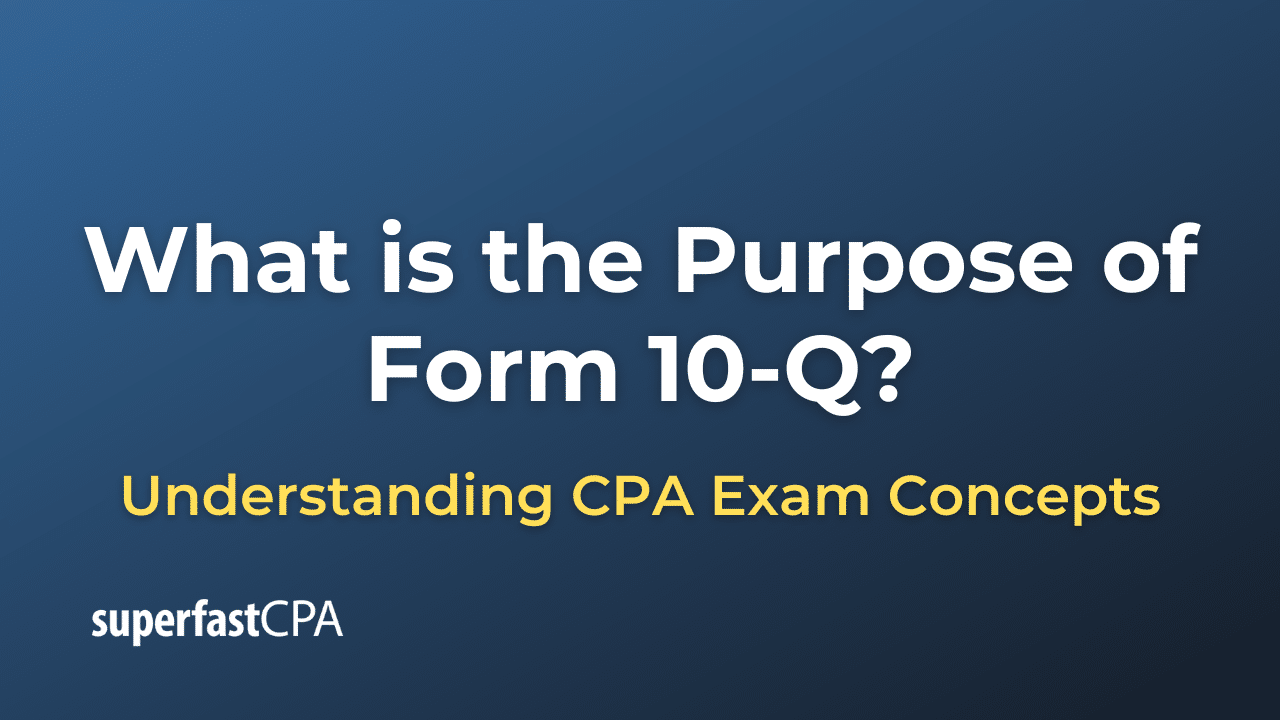Unit Cost
Unit cost is a measure of the cost incurred by a company to produce, store, and sell one unit of a particular product or service. It is a crucial metric used in financial analysis and accounting to understand the direct expenses related to producing one unit of a product. Unit cost is calculated by dividing the total cost to produce a product by the number of units produced.
Formula:
Unit Cost = Total Cost of Production / Number of Units Produced
Components:
- Total Cost of Production: This includes all costs associated with manufacturing a product or delivering a service, such as materials, labor, overhead, and any additional costs related to the production process.
- Number of Units Produced: The total number of units of a product or service produced in a given period.
Importance:
- Pricing: Knowing the unit cost helps in setting the selling price for a product or service, allowing businesses to determine a price that covers costs and achieves desired profit margins.
- Cost Control: By understanding how unit costs break down, a business can identify areas for potential cost savings.
- Profitability Analysis: It helps in analyzing the profitability of different products or services, enabling resource allocation to more profitable lines.
- Budgeting and Planning: Understanding unit costs is essential for budgeting and financial planning, helping businesses anticipate the costs of scaling up production levels.
- Inventory Valuation: Unit cost is used to value inventory, which is essential for financial reporting and tax calculation.
Example of Unit Cost
Let’s consider a fictional coffee shop called “Café Aromatica” to illustrate the concept of Unit Cost.
Scenario:
Café Aromatica sells a popular beverage: a medium-sized cup of cappuccino. The café wants to determine the unit cost of producing one medium cappuccino to set the right selling price and understand its profitability better.
Costs:
To make one medium-sized cappuccino, Café Aromatica incurs the following costs:
- Coffee beans: $0.50
- Milk: $0.30
- Labor (barista’s time, calculated per cappuccino): $0.40
- Cup and lid: $0.10
- Energy (electricity for coffee machines, etc.): $0.05
- Miscellaneous (sugar, syrup, etc.): $0.05
Calculating Unit Cost:
To find the unit cost for a medium-sized cappuccino, we sum up all the individual costs involved in making one cup.
Unit Cost = Coffee beans + Milk + Labor + Cup and Lid + Energy + Miscellaneous
Unit Cost = $0.50 + $0.30 + $0.40 + $0.10 + $0.05 + $0.05 = $1.40
Implications:
- Pricing: Knowing that the unit cost of a medium cappuccino is $1.40 helps Café Aromatica to set a selling price that not only covers this cost but also contributes to covering fixed costs (like rent and utilities) and generating a profit. For example, if they price the cappuccino at $3.50, then the potential margin would be $2.10 per cup ($3.50 – $1.40).
- Cost Control: The café can also look into each cost component to see if any savings are possible. For instance, can they get a better deal on coffee beans if they buy in bulk?
- Profitability Analysis: The unit cost also allows Café Aromatica to assess the profitability of the cappuccino compared to other products they sell.
- Menu Optimization: If the cappuccino has a favorable unit cost and high demand, Café Aromatica might choose to feature it prominently on their menu or in promotions.
Understanding the unit cost is vital for Café Aromatica’s business strategy, from pricing decisions to menu optimization and cost management. It helps them understand the direct costs associated with their product, allowing for better financial planning and decision-making.














